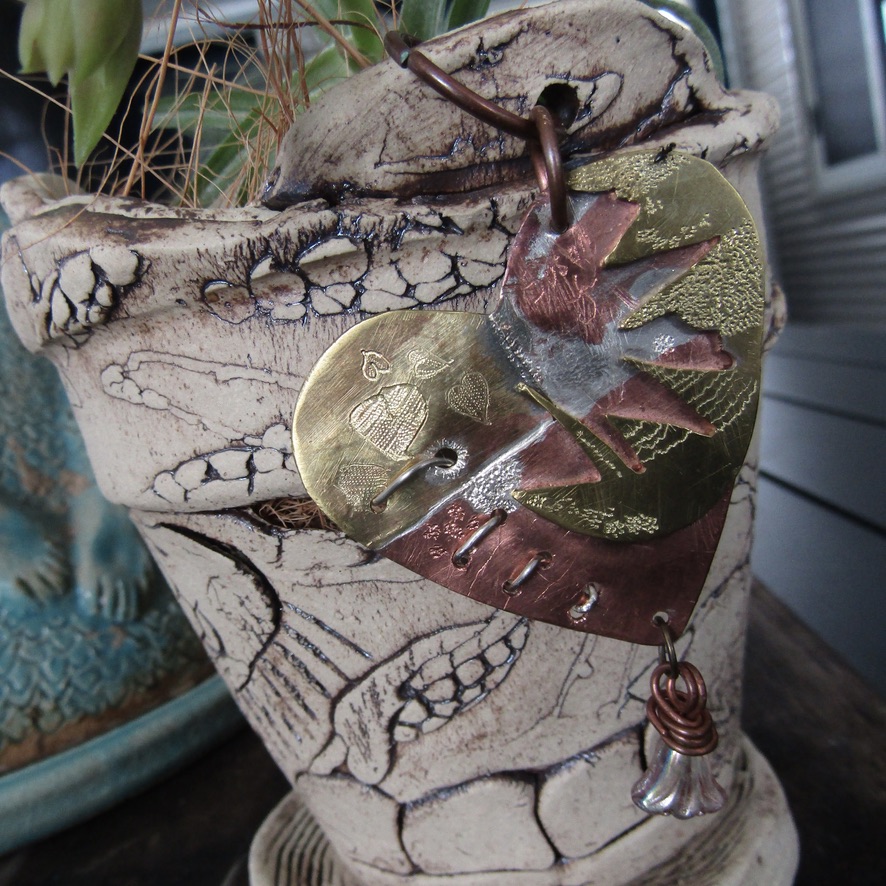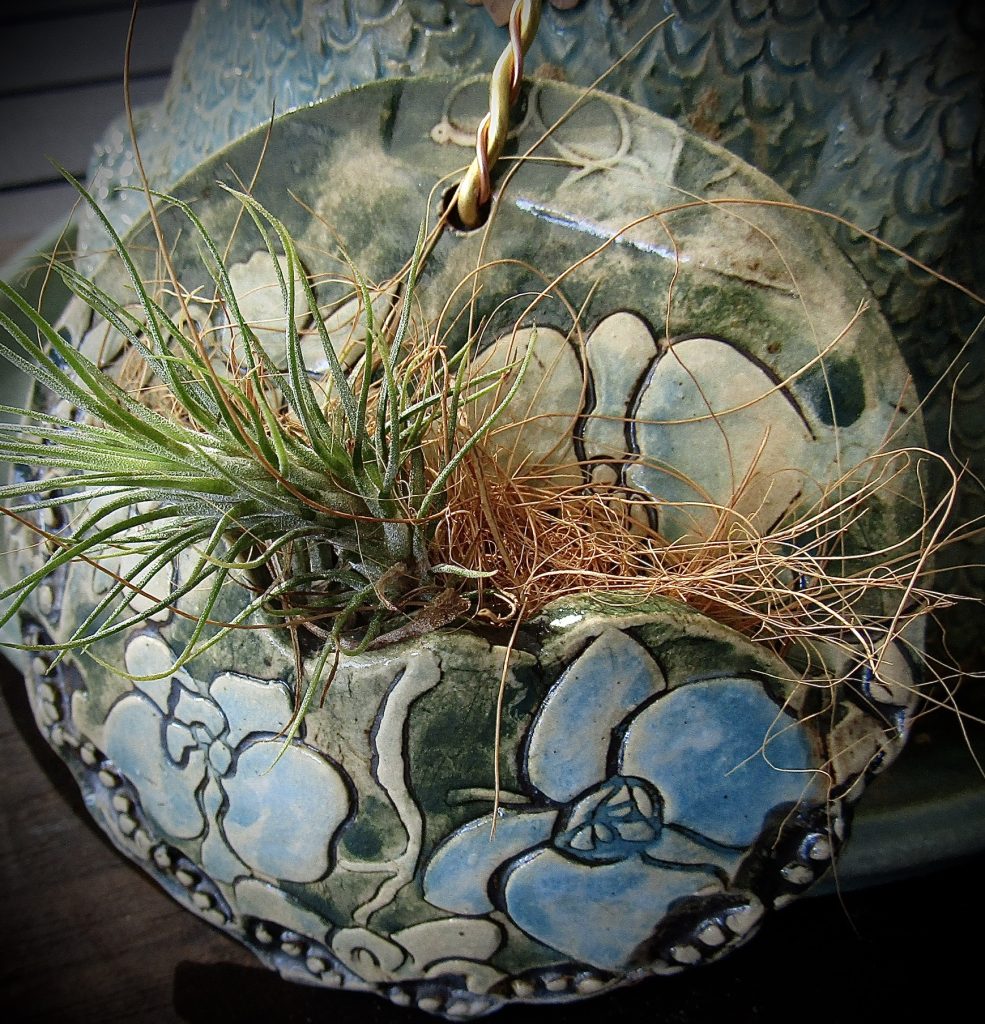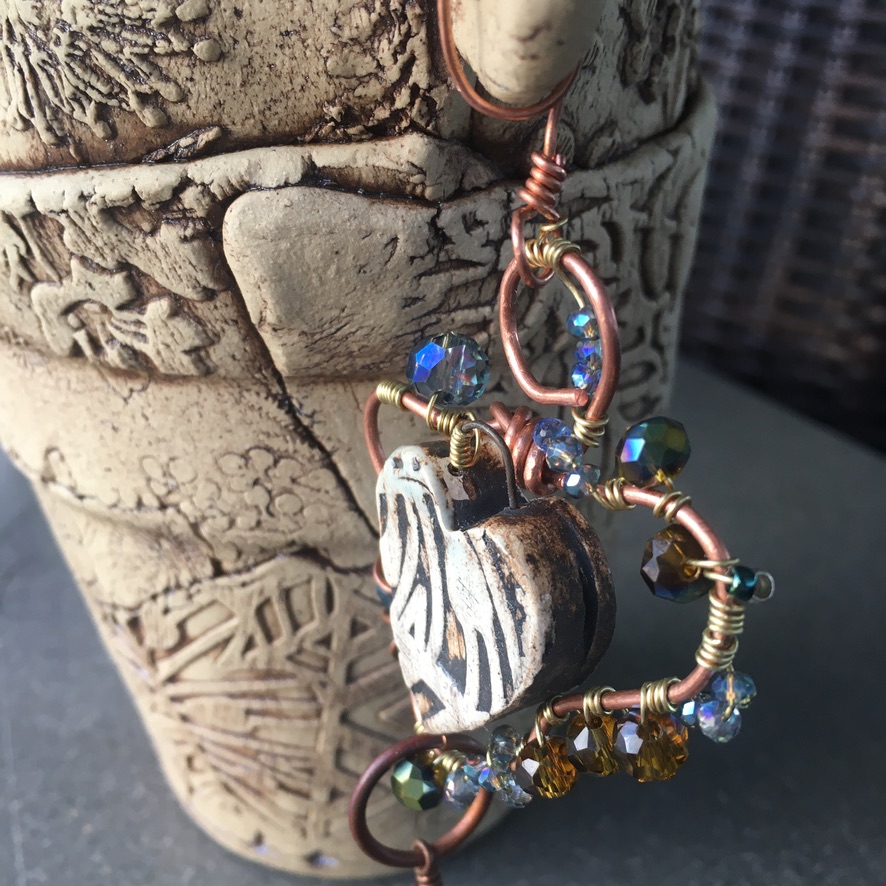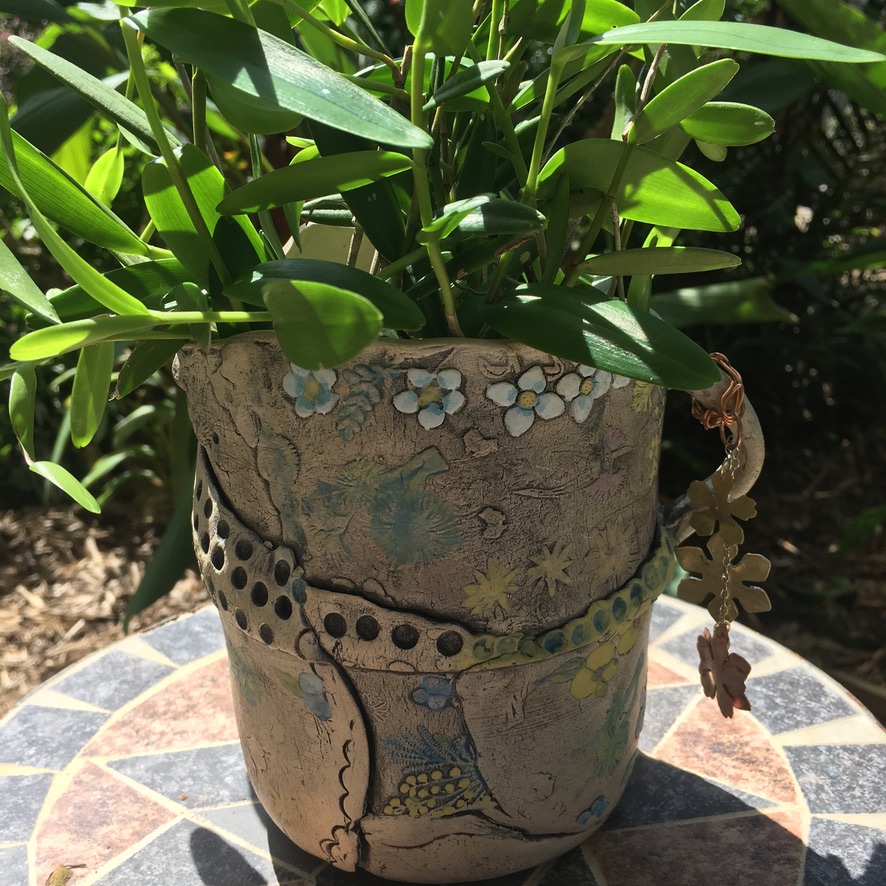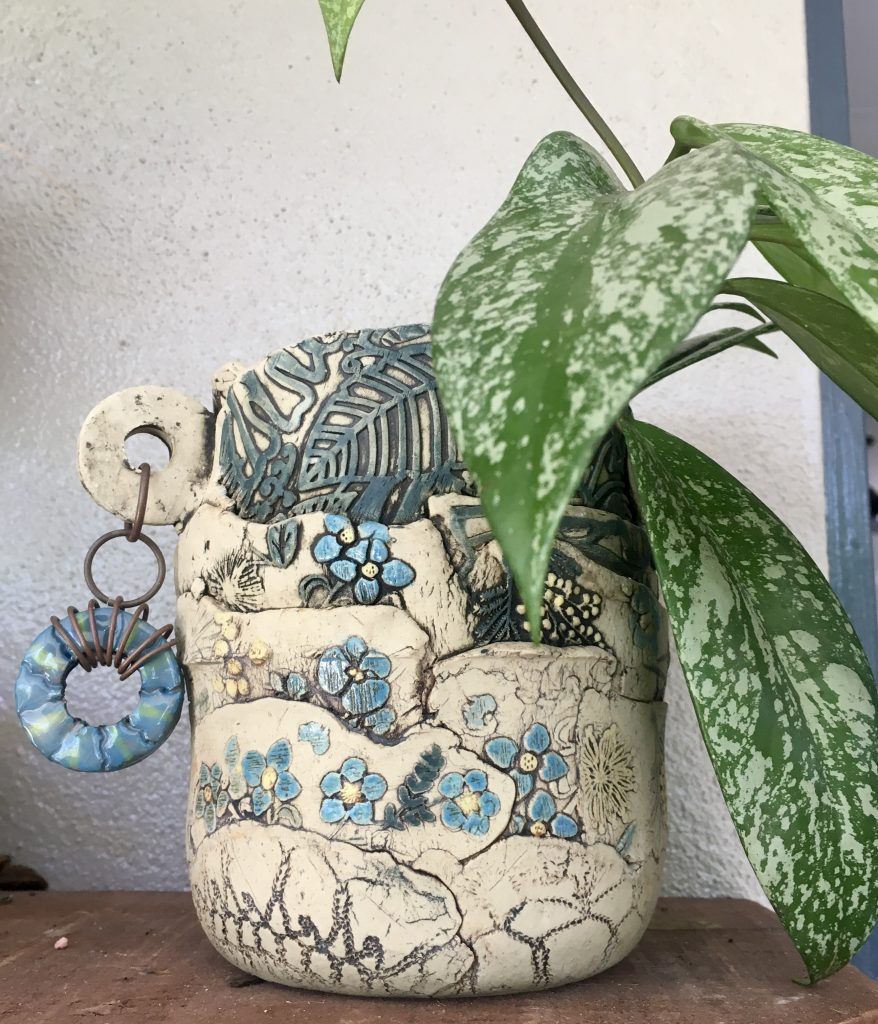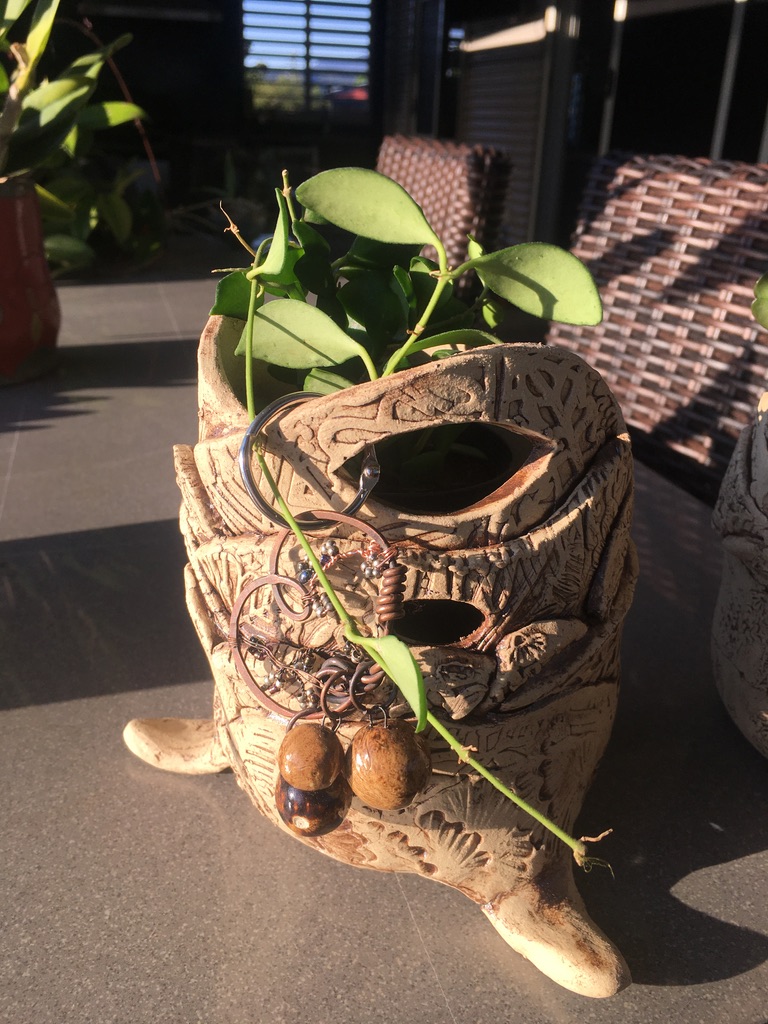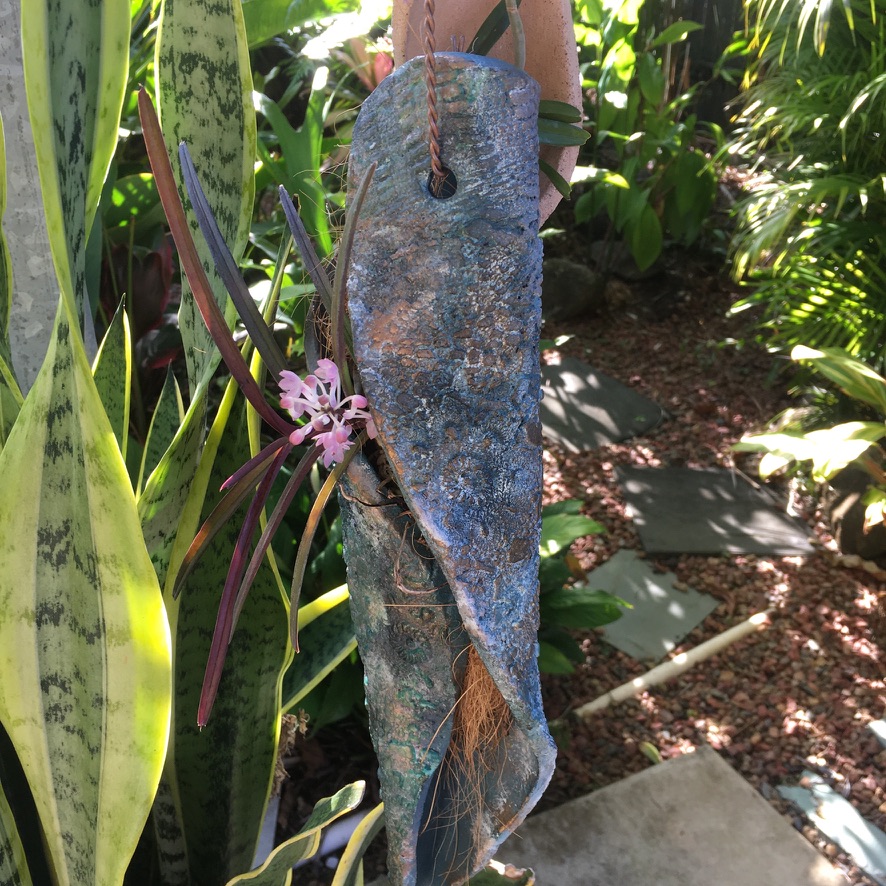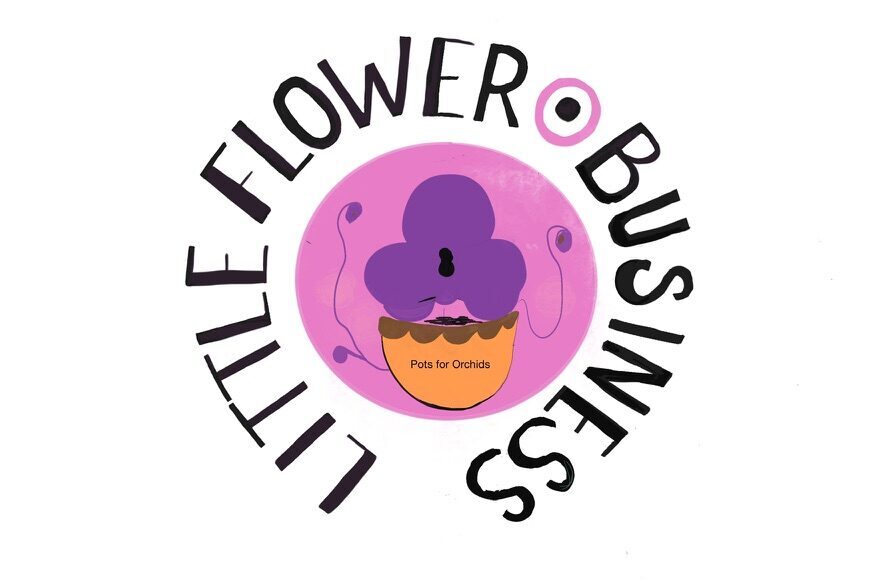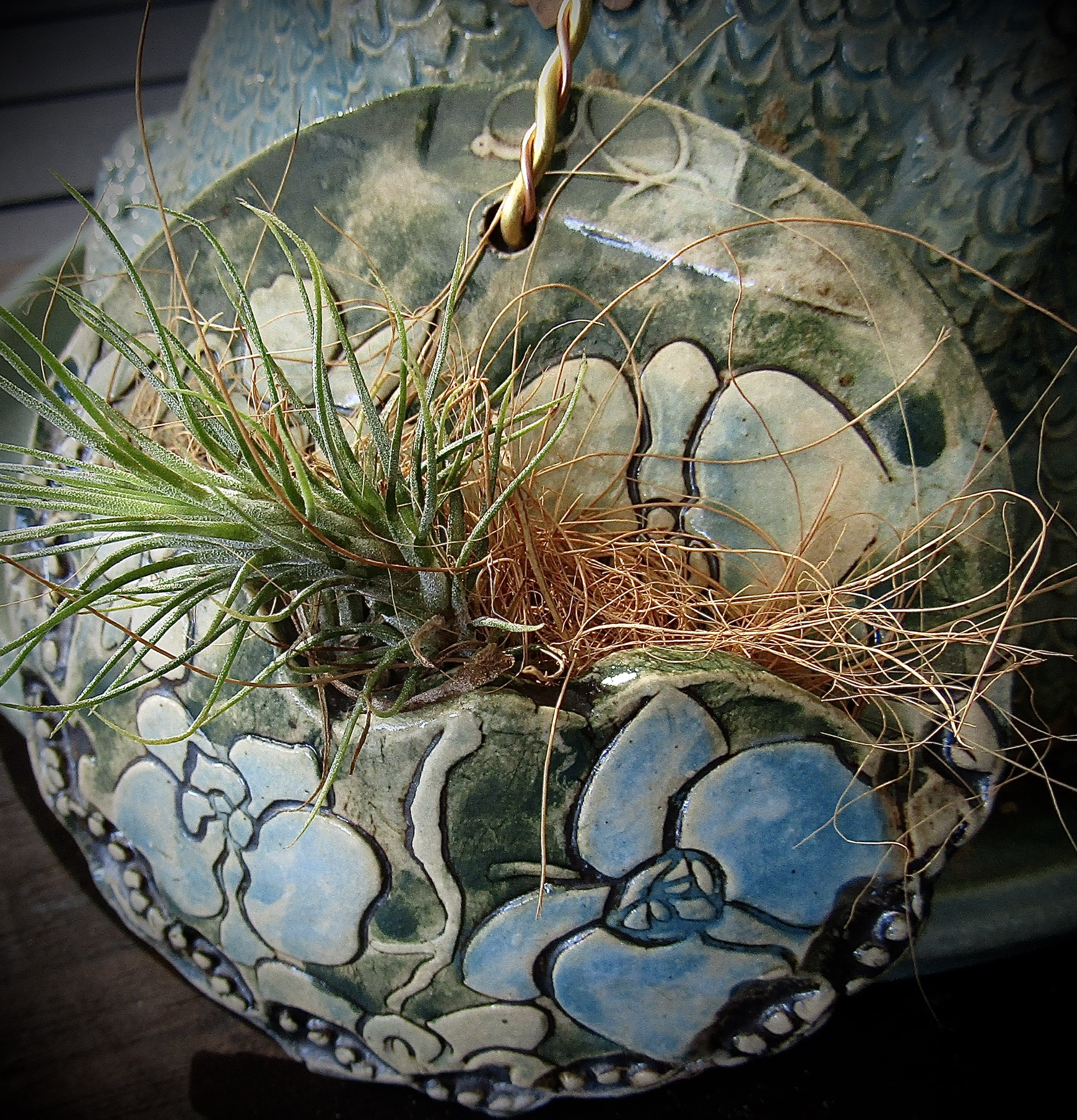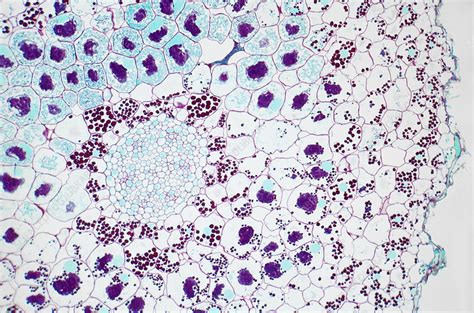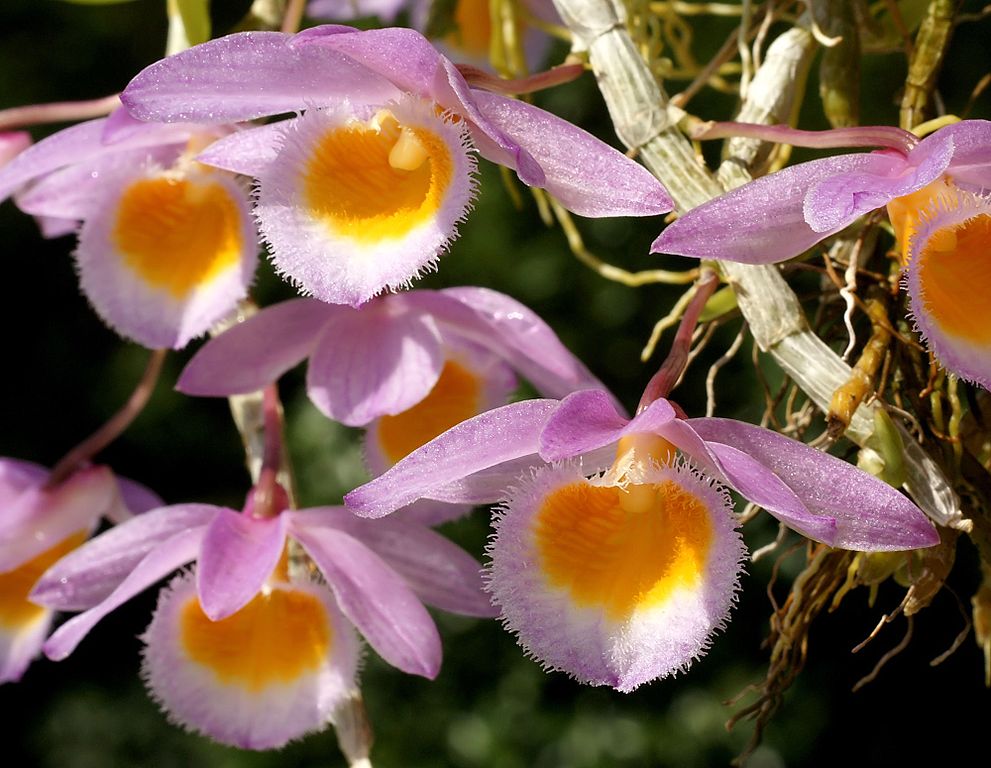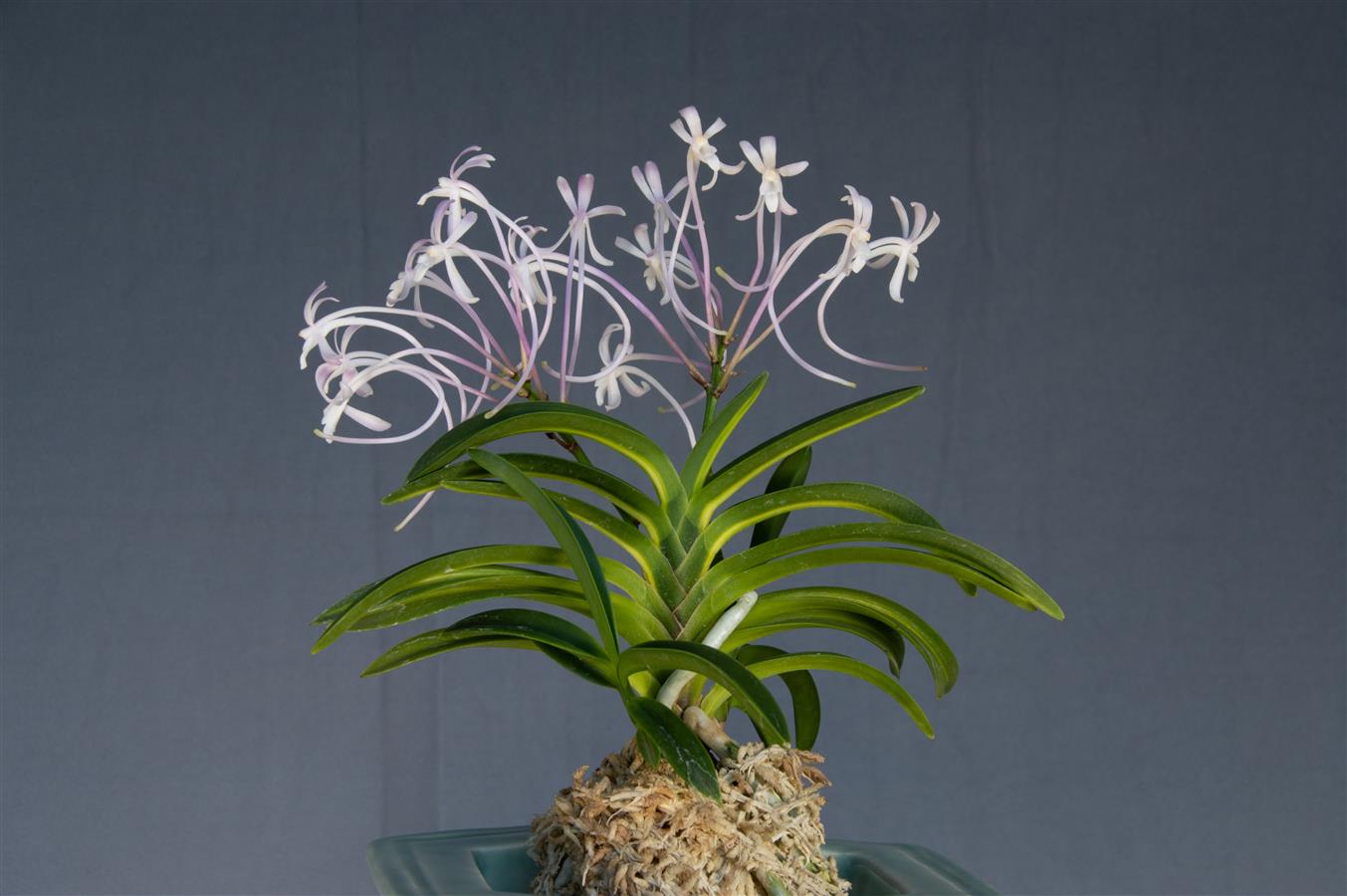An article about how the craftsmanship behind my pots n jewels and orchid hugs design benefits orchid growth.
I am someone that appreciates a beautiful home so it got me thinking that plants might also be the same, after all, they are not able to move house, unless we help them. Wait; are we making an assumption that plants have feelings? I’ll leave that conversation to Peter Tompkins who wrote; The Secret Life of Plants A Fascinating Account of the Physical, Emotional, and Spiritual Relations Between Plants and Man. Or if you’re undecided then definitely watch Lord of the Rings.
When I started making ceramic pots, I made some important design considerations. Due to my horticultural experience I took into account the growth habits of plants.
A plants’ growth habit can be described as: climbing, clumping, erect, prostrate, mounded, scandent, spreading or even stemless. This growth habit determines the shape of the pot, whether it is tall or stout and the eventual size of the plant was determined to make sure it wouldn’t outgrow its home too soon.
I couldn’t ponder the material for the pots because I was working with clay. However, there are some definite advantages to using ceramics for pots. See my article here.
I also thought about the aesthetics of colour, including the foliage and the flowers and decided to come up with something that was design neutral. That way it was never going to be jarring for someone’s interior or exterior style. But this somewhat bland colour scheme needed some pizzazz so I thought about embellishments, and/or how to incorporate some colour pop. Here I must give a shout out to Jena Bedson from whom I took a workshop. She makes wonderful layered clay pots that include handles and adornments. I took this a step further and became invested in adding handles and jewels to the outside of my planters.
There was another consideration. How would I suspend these jewels? I love the look of hemp or hessian cord but in the tropics they rot quickly. I had to consider another material, so I twisted aluminium wire and used this to suspend wall planters and hanging pots. At about the same time I had started making copper jewellery, the aluminium turned to copper and then as my jewellery skills began to improve I started to use copper wire and began wire wrapping sparkly crystals or even ceramic beads. This is how I developed my line of pots n jewels.
The orchid mounts came about from a Pinterest search where I discovered a lady in the US who was making clay orchid mounts. I had long since discounted using any kind of wood mount as once again timber rotted quickly in the monsoon season.
Using her idea I began to make slabs of clay that I twisted around rolling pin handles to make what became ‘orchid hugs’. These mounts create an ideal enclosed environment where (with the proper culture) orchids could begin to attach their roots to the porous surface. They suit most epiphytic/lithophytic orchids and are particularly good for Vanda sp. which are typically grown in wooden slat baskets to allow room for their aerial roots which can sometimes reach metres in length. The design also allows for plenty of air movement which is so necessary for tropical epiphytic orchids.
The design of these orchid hugs also takes into consideration the natural growth cycles of epiphytic orchids. During the growing season, the curved surface allows for easy misting and watering, while in the dry season, the ceramic material helps maintain just enough moisture without risking root rot.
The textured surface and holes created on these mounts provide additional anchor points for the roots, encouraging strong attachment and healthy growth.
Another benefit of ceramic orchid hugs is their longevity. Unlike traditional mounting materials such as cork bark or tree fern fibre that decompose over time, these ceramic mounts remain stable year after year.
This stability means less stress for the orchid, as it won’t need to be remounted every few years. The permanent nature of the mount allows the orchid to establish itself fully, often resulting in more vigorous growth and better flowering.
Temperature regulation is another advantage of ceramic mounts. The material helps moderate temperature fluctuations, providing a more stable environment for the orchid’s roots. This is particularly important in tropical climates where temperatures can vary significantly between day and night.
The artistic element of these mounts hasn’t been overlooked either. Each piece is unique, with varying textures and subtle colour variations in the glaze that complement rather than compete with the orchid’s natural beauty.
I’ve found that the neutral palette I chose allows the vibrant greens of the foliage and the stunning colours of the blooms to take centre stage, and that enhances any indoor or outdoor space.
For those interested in starting their journey with mounted orchids, these ceramic hugs offer an ideal solution that combines horticultural science with artistic design.
The result is not just a growing medium, but a piece of functional art that provides the perfect home for these fascinating plants.
Through the development of both my pots n jewels and orchid hugs, I’ve learned that successful plant containers must strike a delicate balance between meeting the plant’s biological needs and satisfying our aesthetic desires.
When these two elements come together harmoniously, we create spaces where both plants and people can thrive.
